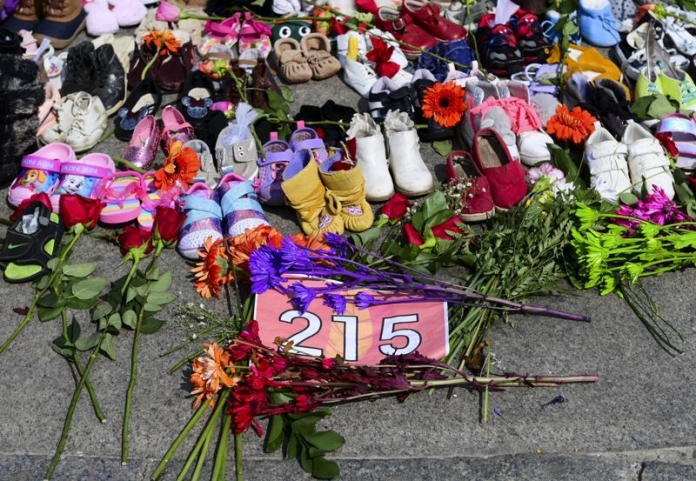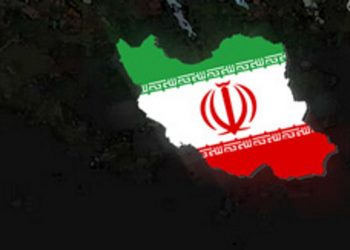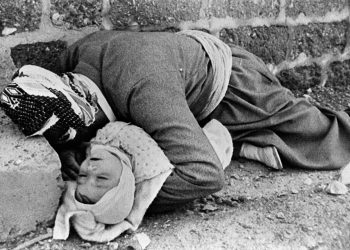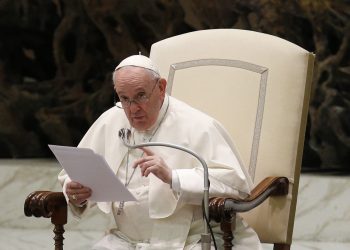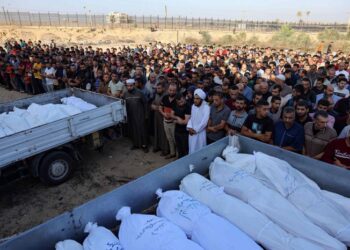Human Lives Human Rights: A First Nation in Canada’s Saskatchewan province is treating a now-defunct residential school as a “crime scene” following the discovery of 751 unmarked graves just weeks after a similar discovery in British Columbia prompted a fresh reckoning over the country’s colonial past.
Chief Cadmus Delorme of the Cowessess First Nation said that the graves were found on the site of the Marieval Indian residential school, also known as Grayson, after a search with ground-penetrating radar was launched on 2 June.
“This is not a mass grave site. These are unmarked graves,” said Delorme at a press conference, adding that the discovery has “reopened the pain” that many suffered at the school. “The grave site is there. It is real.”
Cowessess First Nation said that the number of unmarked graves at the site is “the most significantly substantial to date in Canada”.
It is not known how many of the remains belong to children or if any adults were also buried, Delorme said. He added that local residents alleged that the graves’ headstones were illegally removed. “We didn’t remove these headstones. Removing headstones is a crime in this country. And we are treating this like a crime scene.”
The Marieval school operated from 1898 to 1996 about 87 miles east of Regina, the capital of Saskatchewan.
“We are seeing the results of the genocide that Canada committed – genocide on our treaty land,” said chief Bobby Cameron of the Federation of Sovereign Indigenous First Nation. “Canada will be known as a nation that tried to exterminate the First Nations.”
In 2015, Canada’s Truth and Reconciliation Commission described the school’s policy as one of “cultural genocide”. In recent months, there have been growing calls for the Catholic church, which operated many of the schools, to release its records on the institutions.
The Assembly of First Nations national chief, Perry Bellegarde, who comes from Little Black Bear First Nation in the the province of Saskatchewan, tweeted that the latest discovery is “absolutely tragic, but not surprising”.
The grim discovery brings the total of unmarked graves discovered in the recent months to about 1,000, with experts predicting more will come as provincial governments announce funding to help Indigenous communities conduct their own searches.
The Canadian government formally apologized in parliament in 2008 and admitted that physical and sexual abuse in the schools was rampant.
“I always wonder how a person who’s supposed to be a Christian person, a priest, can abuse a seven-year-old girl,” Carol Lavallee, who was taken from her home at age six in a cattle truck to attend Marieval, told a provincial healing gathering in 2007.
Many students recall being beaten for speaking their native languages; they also lost touch with their parents and customs.
Indigenous leaders have argued that the legacy of abuse and intergenerational trauma persists today as the root cause of epidemic rates of alcoholism and drug addiction on reservations.
Leaders of Indigenous groups in Canada say investigators have found more than 600 unmarked graves at the site of a former residential school for Indigenous children, which follows the discovery of 215 bodies at another school last month.
The new discovery was at the Marieval Indian Residential School, which operated from 1899 to 1997 where the Cowessess First Nation is now located, about 135 kilometres east of Regina, the capital of the province of Saskatchewan.
Ground-penetrating radar registered 751 ”hits, ″ indicating at least 600 bodies were buried, said Chief Cadmus Delorme of the Cowessess. Some and perhaps most are from over a century ago.
The gravesite is believed to hold the bodies of children and adults, and even people from outside the community who attended church there.
Many non-Indigenous Canadians were not aware of the extent of the problems at the schools until the remains of 215 children were found in May at what was once the country’s largest such school in British Columbia.

